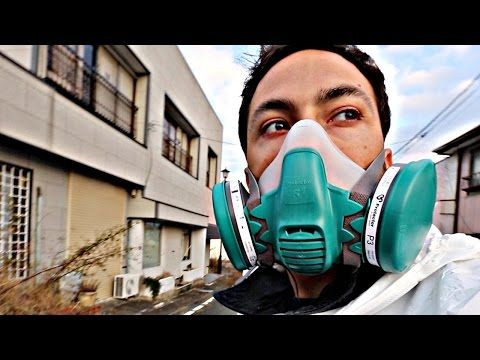Prominent Hot Spots On Earth: What Does Radioactivity Mean For Your Health?

Most of us know to avoid old nuclear disaster zones, uranium mines, bomb test sites, and cities with a history of atomic weapon to reduce radiation exposure. Unfortunately, radiation is everywhere and not where we would always expect it to be. Dr. Derek Muller, host of YouTube's Veritasium science channel, explains in the video “The Most Radioactive Places on Earth,” when it comes to ionizing radiation protection, it’s all a matter of its location and levels.
"It's not an all or nothing thing, we are constantly exposed," says Muller in the video. "I wanted to let people know that their surroundings are radioactive, the soil, the air, food like bananas and Brazil nuts. We are radioactive."
The decaying of radioactive materials leads to the production of ionizing radiation, which has sufficient energy to strip away electrons from atoms, or to break some chemical bonds. The U.S. Environmental Protection Agency says any living tissue in the human body can be damaged by ionizing radiation in a unique matter as the body attempts to repair the damage. However, this damage could be unrepairable or too severe or widespread to be fixed, which can lead to cancerous and non-cancerous health effects such as burns and radiation sickness.
Although bananas and Brazil nuts are naturally radioactive as they contain potassium-40, which is a radioactive isotope of potassium, they are far from dangerous. Approximately 10,000,000 bananas would need to be consumed in a year to cause illness in a person. This is equivalent to nuclear reactor radiation leakage.
Muller proves radioactivity is all about the levels of ionizing radiation. He sets off his tour with a Geiger counter to measure the world’s most notorious nuclear sites including Chernobyl, Fukushima, and Marie Curie’s lab among many others. However, to our surprise many of the world’s most radioactive sites are actually found to be more benign than we thought. For example, under the denotation point of the Hiroshima atomic bomb, an hour in town is the radioactive equivalent of eating three bananas.
The most radioactive spot on the tour was found to be inside the Pripyat hospital near Chernobyl. The area is now a site of abandoned building complexes which previously served to treat firefighters who responded to the 1986 nuclear meltdown. The Pripyat basement was found to have the highest radiation levels on Muller’s Geiger counter littered with highly contaminated gear and clothing from the firefighters.
Radiation is everywhere and impossible to escape. Whether we’re eating a banana or wandering the sites of Hiroshima, we’ll be exposed to some degree of radioactivity. Exposure to small amounts of radiation over a long time does raise your risk of cancer, says Medline Plus, but brief exposures to abnormal levels of radiation only increase risk very slightly.
Watch Muller’s video to find out where the other most radioactive places on earth are located.



























